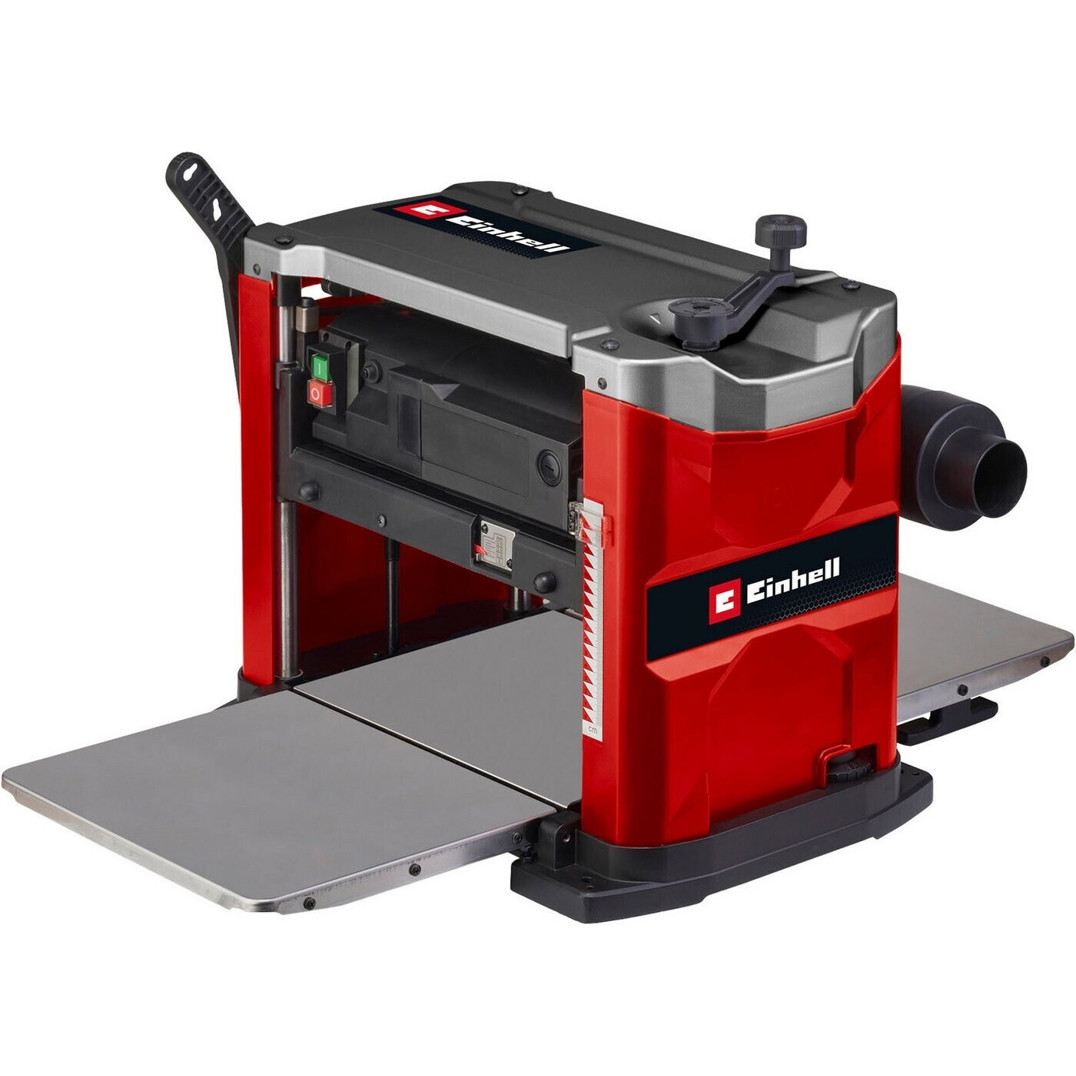Understanding Order Routers: The Backbone of Online Sales
In the hectic world of e-commerce, consumer satisfaction is not simply an option; it's a need. As the digital marketplace continues to expand, so too does the intricacy of handling orders efficiently. Go Into the Order Router-- a technological solution guaranteeing that online orders are processed promptly and properly. This blog post will explore what order routers are, how they function, their advantages, and why they are essential for online businesses today.
What is an Order Router?
Order routers are software application systems designed to manage and distribute online orders throughout numerous satisfaction centers, storage facilities, or merchants. They work by examining numerous aspects such as stock accessibility, shipping expenses, and delivery times to figure out the best place for fulfilling each order. In essence, these systems function as a traffic director for orders, optimizing paths to enhance effectiveness and client fulfillment.
Secret Functions of an Order Router
An order router performs several essential functions:
- Order Allocation: Determines the very best satisfaction area based on numerous criteria.
- Inventory Management: Integrates with stock systems to make sure real-time information.
- Routing Logic: Uses algorithms to evaluate shipping expenses and shipment times.
- Combination: Syncs with e-commerce platforms, payment gateways, and shipping services.
- Analytics Reporting: Provides data analytics to assist companies optimize their operations.
The Benefits of Using an Order Router
Implementing an order router can provide a plethora of benefits for online businesses. Here are a few of the most vital benefits:
1. Enhanced Efficiency
Order routers improve the order satisfaction procedure, decreasing hold-ups and improving operational efficiency.
2. Expense Savings
By optimizing shipping routes and inventory management, businesses can considerably minimize shipping expenses and avoid overstock situations.
3. Enhanced Customer Experience
Faster and more accurate order fulfillment causes satisfied clients and enhanced customer loyalty.
4. Scalability
As companies grow, order routers can easily adjust to increased order volumes without needing a complete overhaul of existing systems.
5. Advanced Analytics
Order routers offer insights and analytics that can help services make notified decisions concerning stock management and order satisfaction.
6. Multi-Channel Support
Today's services often sell across multiple platforms. An order router can successfully manage orders from various sources, guaranteeing structured operations.
How Does an Order Router Work?
To better understand how order routers enhance order processing, let's break down their operations into a clear circulation:
| Step | Process | Description |
|---|---|---|
| 1 | Order Placement | Client positions an order on an e-commerce platform. |
| 2 | Order Capture | The order is recorded and sent to the order router. |
| 3 | Inventory Check | The order router checks inventory in real time. |
| 4 | Routing Logic | The system analyzes shipping costs and delivery estimates. |
| 5 | Allocation | The order is designated to the optimum fulfillment center. |
| 6 | Order Processing | The assigned satisfaction center processes the order. |
| 7 | Shipping | The order is shipped quickly to the client. |
| 8 | Tracking | Clients are supplied with tracking info for transparency. |
Functions to Look For in an Order Router
When considering an order routing system, it's vital to recognize features that align with your service needs. Here's a list of essential functions to try to find:
- Real-Time Inventory Management
- User-Friendly Interface
- Combination Capabilities
- Adjustable Routing Logic
- Comprehensive Reporting Tools
- Multi-Channel Support
- Customer Notifications and Tracking
- Scalability Options
Often Asked Questions (FAQs)
Q1: How long does it require to implement an order router?
A: The application timeline can vary widely from a couple of weeks to several months, depending upon the complexity of the system and existing technology facilities.
Q2: Can an order router integrate with my current systems?
A: Most order routers are developed to integrate with popular e-commerce platforms, inventory management tools, and shipping services. It is vital to inspect compatibility with your existing systems.
Q3: Is order routing beneficial for small services?
A: Absolutely! trivox-versand can benefit from order routing by simplifying operations, decreasing shipping expenses, and enhancing client fulfillment-- necessary elements for growth in a competitive market.
Q4: What types of services can gain from order routing?
A: Any organization that sells products online can gain from an order router, consisting of retail, wholesale, and B2B companies.
Q5: How do I select the ideal order router?
A: Consider aspects such as pricing, ease of use, functions, and client assistance. Consulting with experts or reading evaluations can likewise be useful.
In the evolving landscape of e-commerce, incorporating an order router can be a game-changer for organizations aiming to boost effectiveness, save costs, and supply superior client service. By comprehending the essential functions, benefits, and functions of order routers, companies can take proactive steps to improve their order fulfillment processes. As the digital market continues to grow, the capability to adjust and optimize operations will be more crucial than ever.
Buying an order router is a substantial action towards attaining functional excellence-- making sure that an organization not only makes it through however flourishes in the competitive world of online retail. As we move on, those services that harness the power of technology, like order routers, will certainly lead the charge in providing exceptional client experiences and driving sustainable development.

